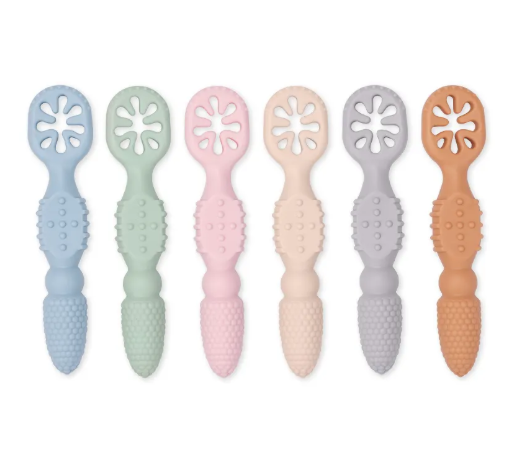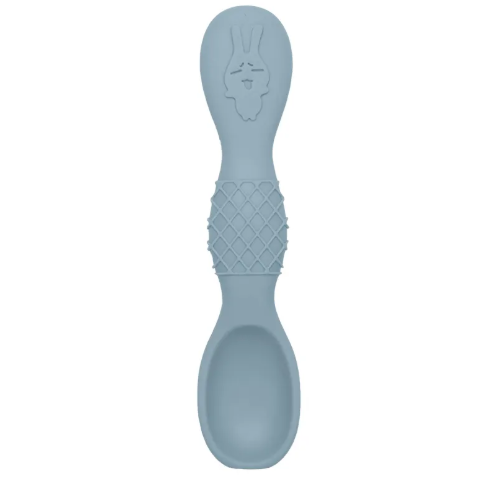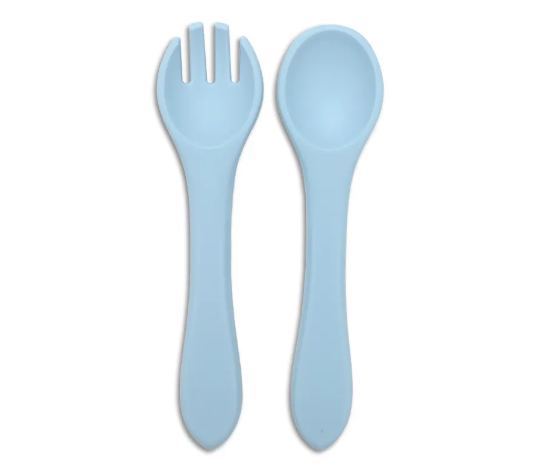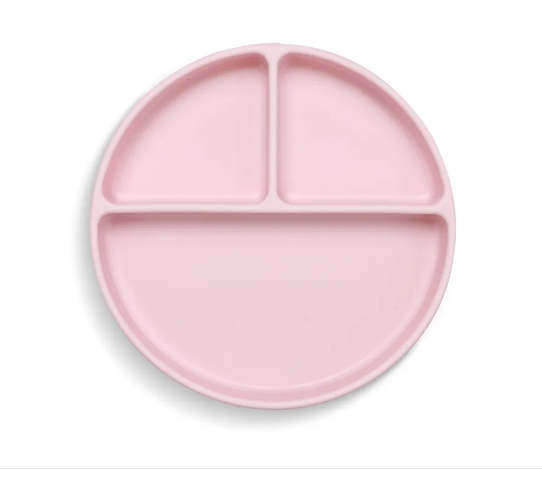Welcome to Jin Wei Xin, a leading manufacturer of silicone baby, kitchen, and beauty products since 2007. Discover our FDA-approved, high-quality silicone products tailored to your needs. OEM and ODM services available for global partners.

Safe Transition to Solids with a Baby Fruit Feeder Bridging Liquid and Solid Nutrition Gaps Introducing solids is a milestone that typically occurs around six months of age, as recommended by pediatricians. This is where a baby fruit feeder becomes ...
VIEW MORE
Safety First: Reducing Choking Risks with Fruit Feeders Mesh Design Minimizes Choking Hazards The mesh design in fruit feeders plays a crucial role in ensuring the safety of infants transitioning to solid foods. This innovative design confines small...
VIEW MORE
What Is a Baby Fruit Feeder? Definition and Basic Structure A baby fruit feeder is a specialized tool designed to ensure infants can explore solid foods safely while reducing choking risks. It's typically composed of a silicone or mesh pouch nestled...
VIEW MORE
Understanding Breast Milk Bags Safety Standards Material Composition and FDA Compliance Ensuring the safety of breast milk bags starts with understanding their material composition. It's crucial to select bags made from BPA-free plastic or other mat...
VIEW MORE
Why High-Quality Breast Milk Bags Matter for Safety Preventing Contamination with BPA-Free Materials The importance of high-quality breast milk bags becomes evident when considering the risk of contamination from BPA (Bisphenol A). BPA is a chemical...
VIEW MORE
What Is a Baby Butt Paste Applicator? Definition and Basic Design A baby butt paste applicator is a specialized tool designed to aid in the application of diaper creams or ointments, offering a hassle-free solution for parents. These applicators fea...
VIEW MORE
Why Baby Butt Paste Applicators Matter in 2025 Hygiene Benefits for Sensitive Baby Skin Baby skin is remarkably delicate and requires meticulous care to prevent irritations and infections. According to the American Academy of Pediatrics, maintaining...
VIEW MORE
Why Proper Use of a Baby Butt Paste Applicator Matters Preventing Skin Irritation and Infections The proper use of a baby butt paste applicator is crucial in preventing skin irritation and infections in infants. Diaper rash, a common form of skin ir...
VIEW MORE
Material Safety and Certification Standards for Silicone Spoons FDA, SGS, and LFGB: Understanding Key Certifications If you’re looking for safe silicone baby spoons, it’s important to know what the key certifications – FDA, SGS and...
VIEW MORE
Non-Scratch Surface and Cookware Protection Gentle on Non-Stick Coatings Silicone spoons are also the perfect option for protecting your non-stick cookware. Because they are soft and pliable, there’s no chance in damaging more fragile&ens...
VIEW MORE
Understanding Heat Resistance in Silicone Spoons What Makes Silicone Heat-Resistant? But silicone has an unusual chemical composition that prevents its heat resistance from decomposing. Silicone is a flexible long-lasting substance that is comp...
VIEW MORE
Material Composition: Silicone vs Plastic Bowls Understanding Silicone: From Sand to Polymer Silicone is not just a type of plastic, despite popular opinion. It is a man-made polymer that is made from silicon, a natural element that comes ...
VIEW MORE